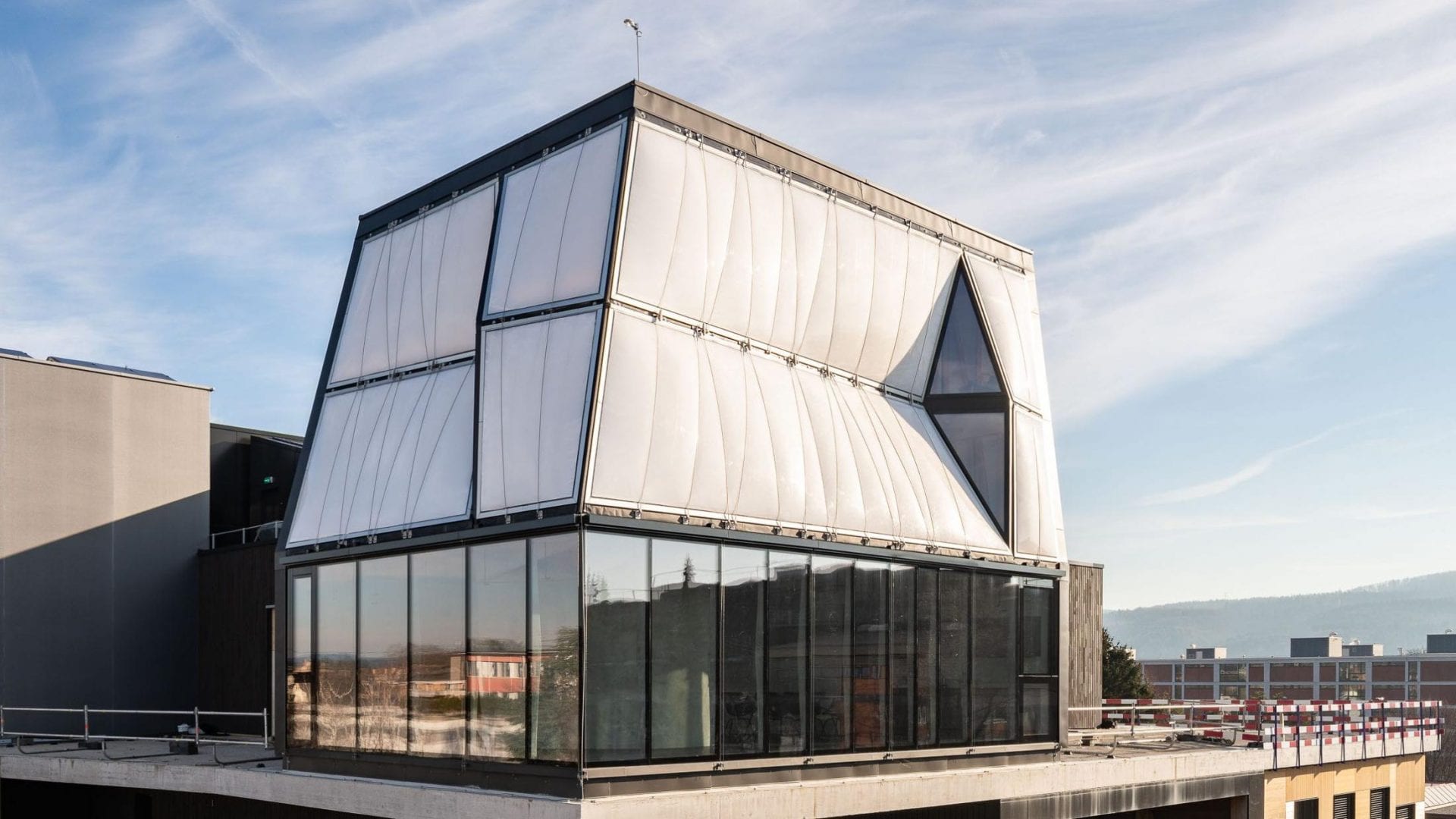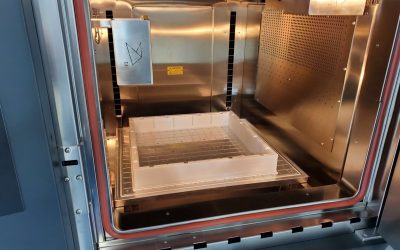Erecting a new building ranks among the most inefficient, polluting activities humans undertake. The construction sector is responsible for nearly 40% of the world’s total energy consumption and CO2 emissions, according to a UN global survey (pdf).
.
A consortium of Swiss researchers has one answer to the problem: working with robots. The proof of concept comes in the form of the DFAB House, celebrated as the first habitable building designed and planned using a choreography of digital fabrication methods.
.
The three-level building near Zurich features 3D-printed ceilings, energy-efficient walls, timber beams assembled by robots on site, and an intelligent home system. Developed by a team of experts at ETH Zurich university and 30 industry partners over the course of four years, the DFAB House, measuring 2,370 square feet (220 square meters), needed 60% less cement and has passed the […]
Case Study: How PepsiCo achieved 96% cost savings on tooling with 3D Printing Technology
Above: PepsiCo food, snack, and beverage product line-up/Source: PepsiCo PepsiCo turned to tooling with 3D printing...




0 Comments